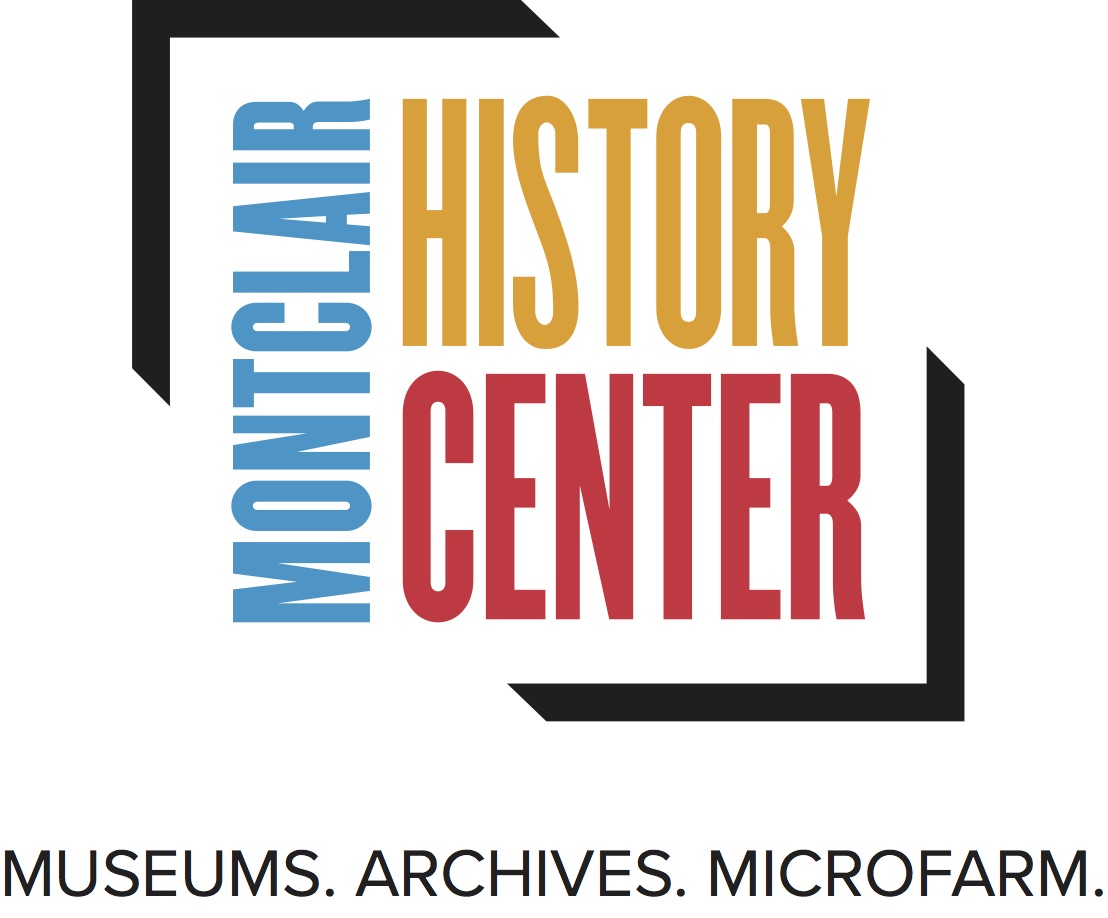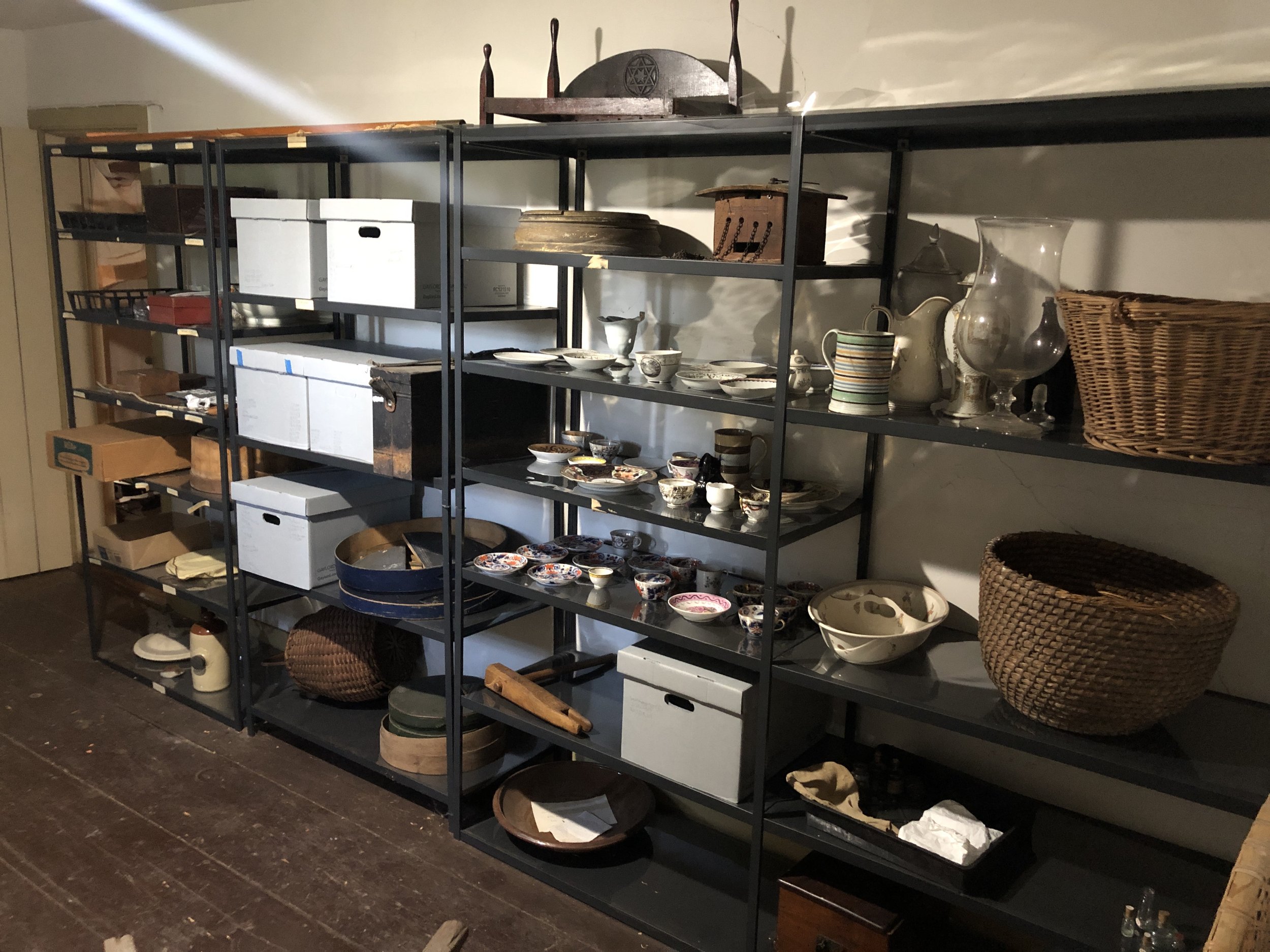In 2024, the Montclair History Center (MHC) went through a one-year process of self-assessment, institutional activities, and consultative peer review with a site visit and recommendations in order to analyze our strengths and weaknesses, prioritize projects that will improve operations and meet community standards, and receive expert advice and recommendations. This was conducted through the American Alliance of Museum’s (AAM) Museum Assessment Program (MAP).
MHC maintains a collection that holds over 10,200 materials. These include such items as the letters, newspapers, maps, photographs, and books tucked away in our archives and the furniture and objects on display in the Crane House & Historic YWCA. We continually seeking ways to improve MHC’s collection through collecting practices that better represent the communities we serve and preservation methods that save these artifacts for generations to come. AAM’s MAP seemed to be a wonderful opportunity to learn how best to accomplish these goals!
After being accepted into the program in March, we went through a nearly year-long process of workbooks, activities, and site reviews (whew!) in order to improve our collections. Here are some highlights from the program:
We entered the program with a set of goals personalized to our needs and wants. These included:
Broaden our collections scope in order to make us a viable resource for collecting, caring for, and sharing in engaging ways the history of Montclair's diverse communities. By prioritizing projects that highlight Montclair's significant diversity and unique sense of place, everyone with a connection to Montclair will see themselves in the town's history.
Develop a long-term plan for the preservation and protection of collections.
Gain better control of the collection by creating better organization methods and ensuring all collection items are included in the collections database system.
Throughout the year, MHC staff and board worked through a 114-page Collections Stewardship Assessment Workbook that covered all aspects of the organization from the mission statement and governance to disaster preparedness. Various questions and activities from the workbook helped us review our organization from the top-down and really look at the organization as a whole through a broader lens. It also helped us gain a better idea of how we care for our collections and how we can improve.
Table of Contents showing the various sections of the Collections Stewardship Assessment Workbook.
Table of Contents showing the various sections of the Collections Stewardship Assessment Workbook.
In August, we were visited by a Peer Reviewer who conducted a top-down review of all three of our historic buildings: the Crane House & Historic YWCA Museum, the Nathaniel Crane House, and the Clark House. This included the nooks and crannies of our attics all the way down to the dark corners of our basements. The Peer Reviewer was a museum professional who was able to come in and review our site with fresh eyes, observing what we were already doing well but also identifying ways for us to improve.
Just a sample of the many artifacts in storage. Note the archival boxes housing some of the more delicate items and the mylar lining the shelves, protecting the artifacts from the metal shelving.
Collections Manager Erin Benz showing off some of the archives.
A few weeks after our Peer Reviewer’s visit, we received our Final Report that broke down what were already doing well and in what ways we could improve. The Peer Reviewer stated:
“MHC is a good steward of their collections. They have implemented and continue to implement policies and procedures to ensure the long-term preservation of the organization and its collections.”
We were delighted to hear that as a small sized organization, we were already doing well in taking care of the collections. But even the best students have ways they can improve, and we were no different. The Peer Reviewer gave suggestions in ways we can improve including:
-Update collections management policy
-Reorganization of storage area
-Update and expand museum policy documents
Some of the recommendations they provided have already been implemented including better monitoring of the environment (temperature/humidity, pests, leaks, etc.) through weekly reviews of collection spaces by the Collections Manager as well as continuing to add materials to our online digital collections.
While the Final Report and the completion of the Workbook marked the end of our Museum Assessment Program, we will continue to make improvements to our collection stewardship based on the recommendations provided by our Peer Reviewer, both in the short-term and the long-term. As a museum, our job is to ensure the preservation of the history of Montclair for both current and future community members through the material we collect and how we care for that material. We look forward to continuously improving our stewardship of those collections to ensure we fulfill our mission and to serve our community: You!





